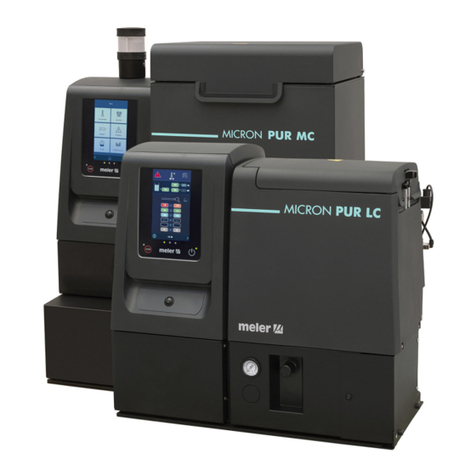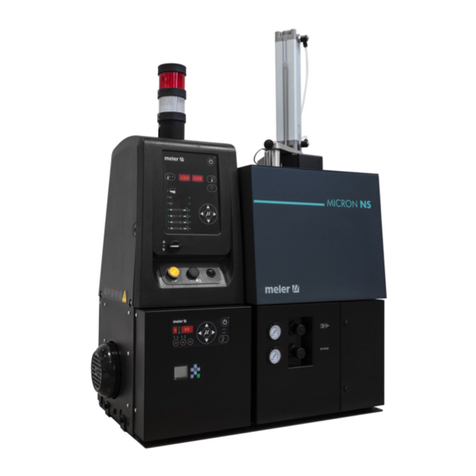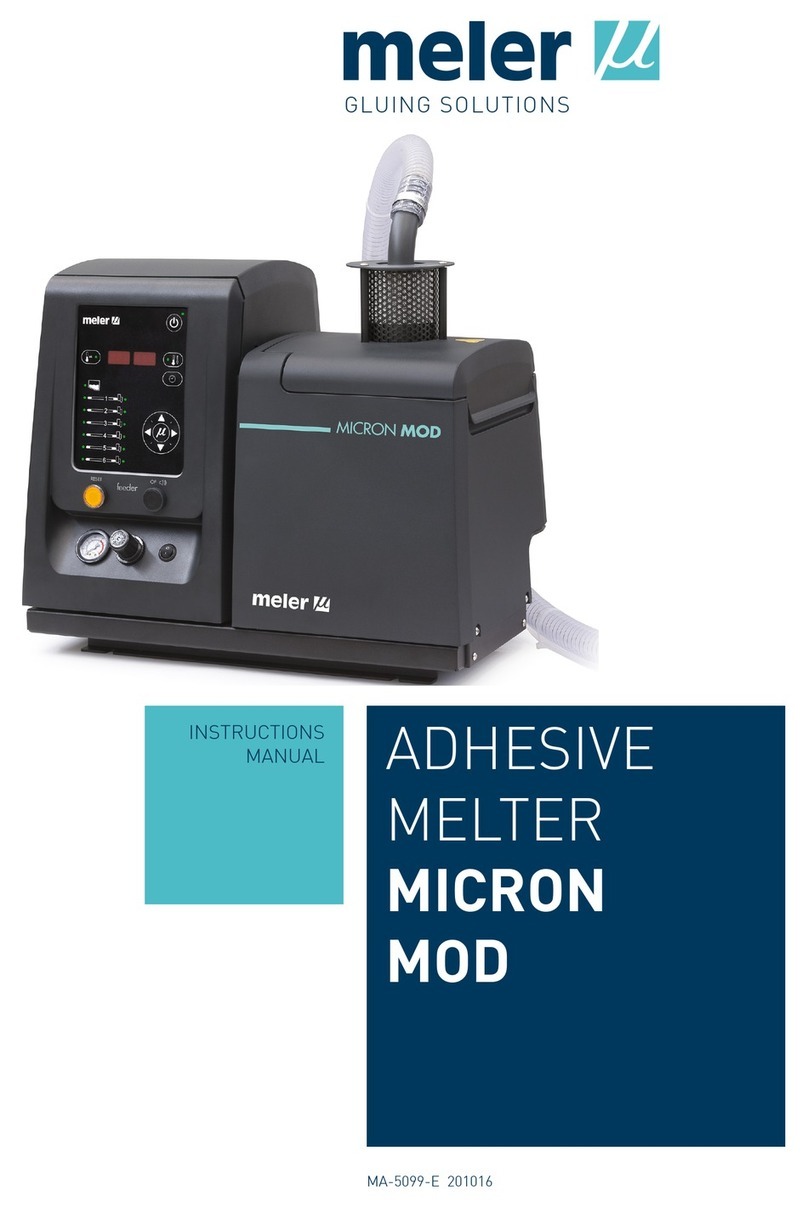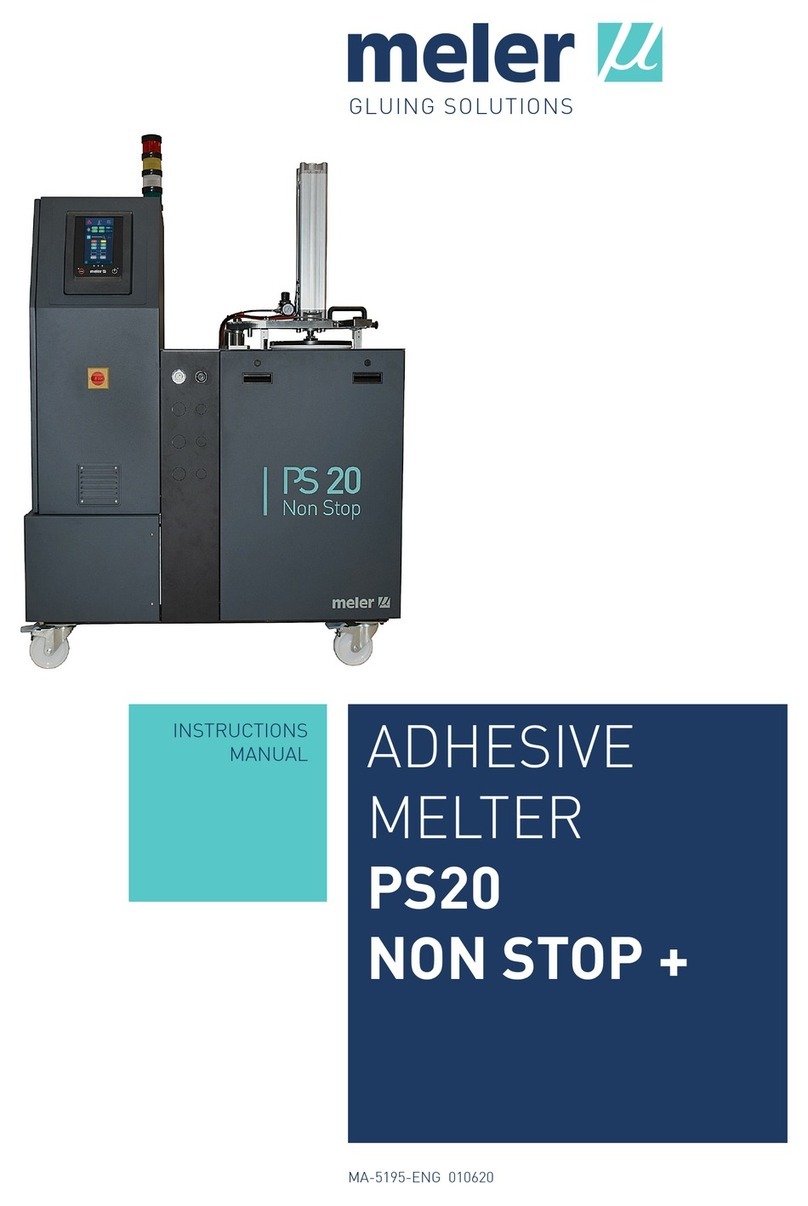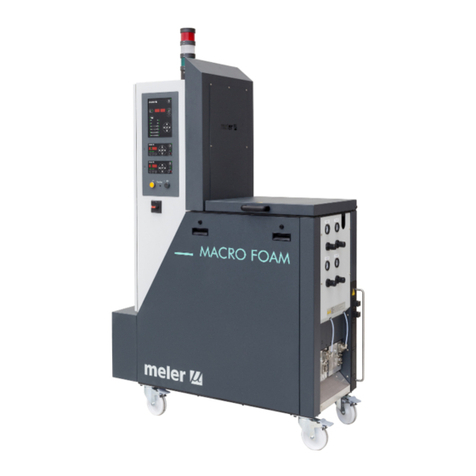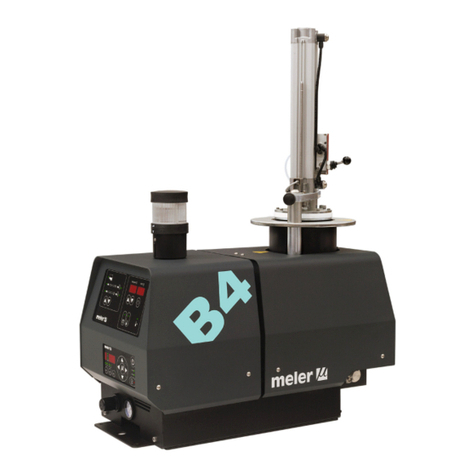4
TABLE OF CONTENTS Page
•Introduction III. 3
•Supplies and running environment and siting conditions required for
the installation of the Central Unit Applicators III. 3
•Fittings and Accessories supplied by with the Central Units III. 3
•Other equipment required for installation III. 3
•Tools required for installation III. 4
•Operating environment III. 4
•Siting conditions for the Central Units III. 4
•Dimensions and weights of the Series 200-ST Central Units III. 5
•Assembly and hookup for the Central Units and their accessories III. 6
•Electrical power supply for the Central Unit Applicators III. 6
•Maximum system power requirement, according to electrical supply type III. 6
•Air supply for the Central Unit Applicators III. 7
•Hookup terminal for the Series 200-ST Central Unit Applicators III. 7
•Accessories hookup for the Series 200-ST Central Unit Applicators III. 8
•Gun Installation III. 8
•Installation of the hoses and hookups between Central Units - hoses - guns III. 8
•Installation of the Accessories for the Series 200-ST Central Unit Applicators III. 9
•Single-acting guns III. 9
•Double-acting guns III. 9
•Installation of peripheral control leads III. 10
•Installation of the input electrical power at external power supply to Parent
Machine Interlock, and remote activation of standby III. 11
•Installation of remote activation of "standby" III. 11
Fig. 5
Guarantee card III. 2
Fig. 6
Dimensions and weight of ML-200-ST model III. 5
Fig. 7
Electrical wiring connections III. 6
Fig. 8
Series 200-ST Central Unit Applicators control
board diagram III. 7
Fig. 9
Installation of guns III. 8
Fig. 10
Hose hookup to Applicator Central Unit III. 8
Fig. 11
Electrical wiring of Solenoid Valve 3/2 III. 8
Fig. 12
Pneumatic hookup of Solenoid valve 3/2 III. 8
Fig. 13
Electrical wiring of Solenoid valve 4/2 III. 8
Fig. 14
Pneumatic hookup of Solenoid Valve 4/2 III. 9
Fig. 15
Installation of peripheral control leads III. 10
Fig. 16
Installation of the input electrical power at external power
supply to Parent Machine and remote activation of "standby" III. 11
• INSTALLATION MANUAL FOR THE CENTRAL UNIT APPLICATORS
